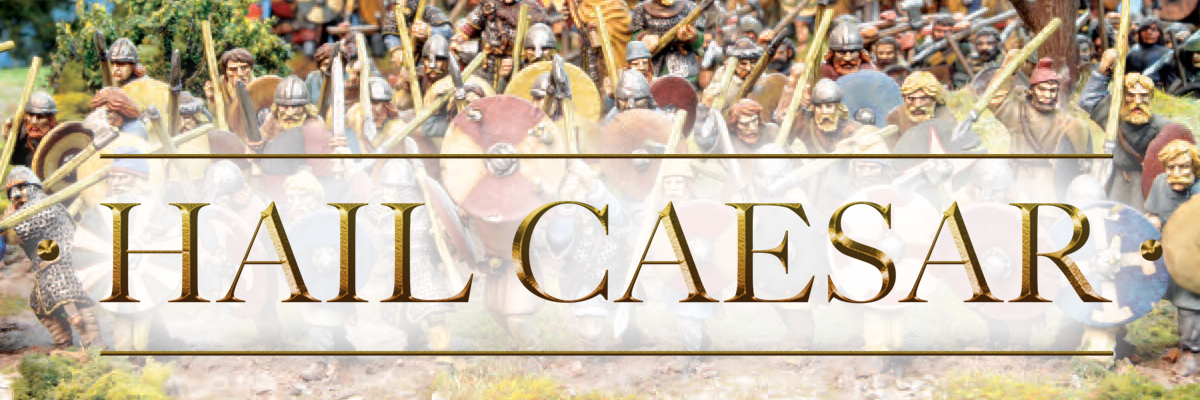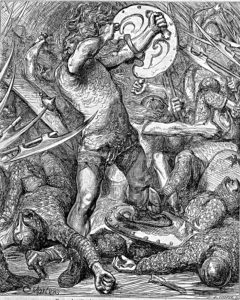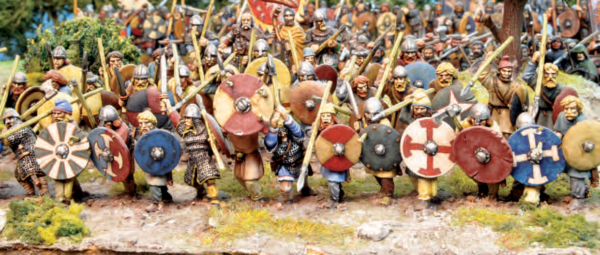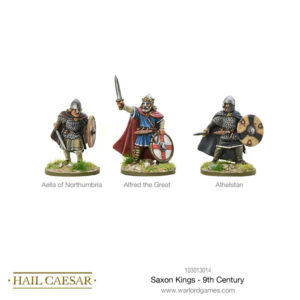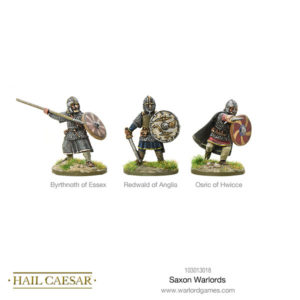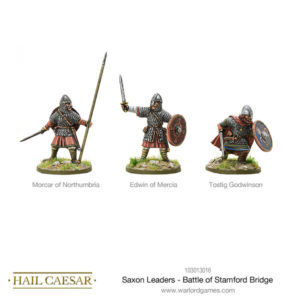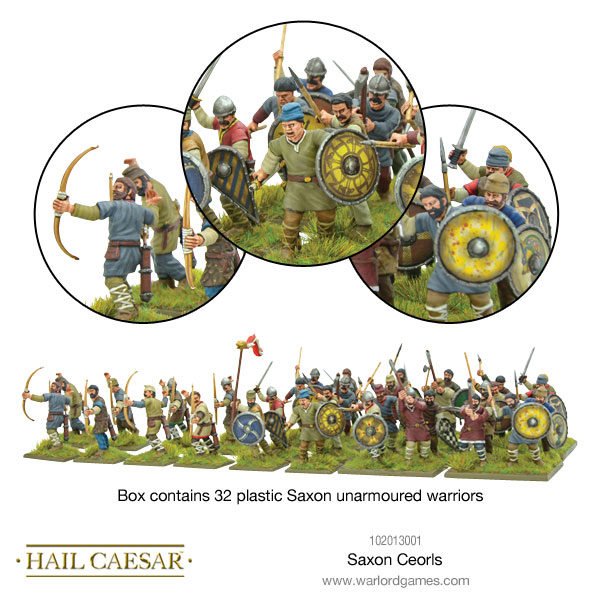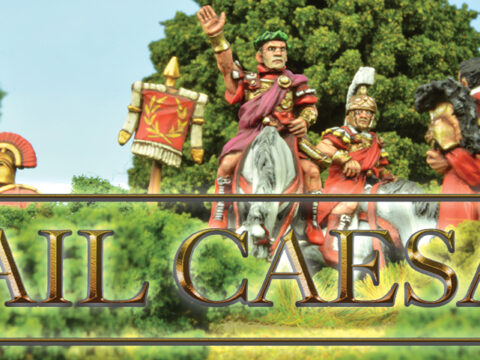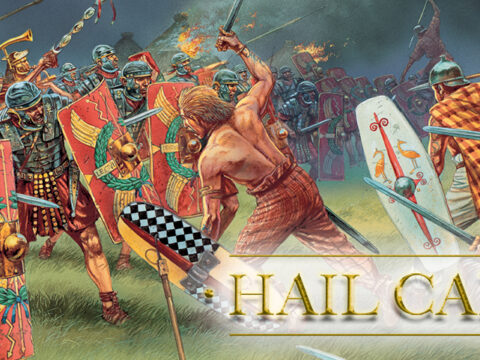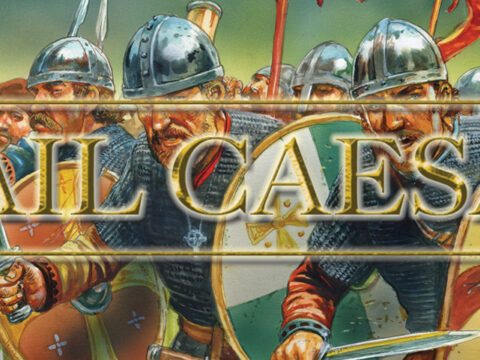We’re taking a trip back in time to take a look at one of British history’s more enigmatic figures – perhaps even a precursor to the 13th century’s Robin Hood. Enter Hereward the Wake!
1071 anno domini. Anglo-Saxon England has fallen to the armies of William the Conqueror. Harold Godwinson lies dead on Senlac Hill, felled by an arrow to the eye. Victory at Hastings allowed the Normans to seize power, carving the country up between them. New castles have sprung up on windswept hilltops, garrisoned by squadrons of mailed knights.
Despite the death of their king, and the destruction of their armies in the field, English resistance remains strong. Uprisings blaze up and down the country – at York, Hereford and Exeter. Brutal reprisals follow every revolt – the perpetrators imprisoned or executed. In some cases, entire communities were razed to the ground.
Deep in the East Anglian fens, a band of guerilla fighters prepared to strike another blow against the Norman oppressors. A small army led by the Danish king Sweyn Estrithson had captured the Isle of Ely, which became a focus of the Saxon resistance. This army quickly gathered support from all corners of the country, including Morcar of Northumbria and an enigmatic Saxon landowner called Hereward the Wake.
Hereward is an Old English name composed of the elements “Here (Army)” and “Ward (Guard).” The nickname “the Wake” was likely added by 14th century writers which may mean “the Watchful” or draw a connection between the Anglo-Norman Wake family, that claimed to descend from Hereward.
Legend has it that Hereward was exiled by Edward the Confessor for disobedience and disruptive behaviour. He became a mercenary and fought in Cornwall, Ireland and Flanders. His exploits included a one-on-one brawl with a gigantic bear and the rescue of a Cornish princess from an unwanted marriage.
Hereward returned to England in 1067, to find that his family’s lands had been taken over by the Normans, who had killed his brother and placed his head on a spike. Desperate for revenge, he ambushed the Norman garrison while they were feasting, slaughtering fifteen of them.
With Norman cavalrymen scouring the countryside for him, Hereward retreated into the Anglian fenland, throwing his lot in with Morcar and Sweyn’s forces on the isle of Ely. He participated in the sacking of Peterborough Abbey, under the pretence of saving its treasures from rapacious Normans, but these would be carried off to Denmark by Sweyn’s mercenaries.
The Norman response to this act of open rebellion fell like a hammer blow. King William assembled an army and charged into the fenland, driving the rebels back to their island fastness. It is here that our campaign begins…
For England!
Any number of fantastic character models can be used to represent our enigmatic hero – just take a look at our Dark Ages range for Hail Caesar!
Hereward could be the fantastic centrepiece of an Anglo-Saxon warband. The skirmish rules provided in the Shield Wall supplement allow you to get your troops on the table quickly, while you build up to a larger Hail Caesar army.
Get started by grabbing a box of Anglo-Saxon Ceorls from our webstore!
Hereward’s legacy has persisted through the ages, lending his name to such things as No.2 Squadron RAF that flew Tomahawks, Mustangs and Spitfires during the Second World War, and an H-Class Destroyer called HMS Hereward.

